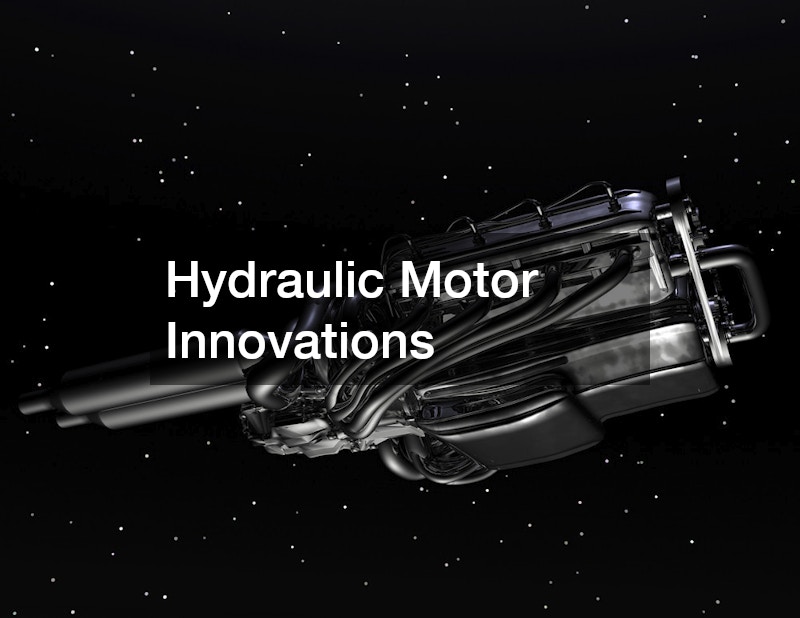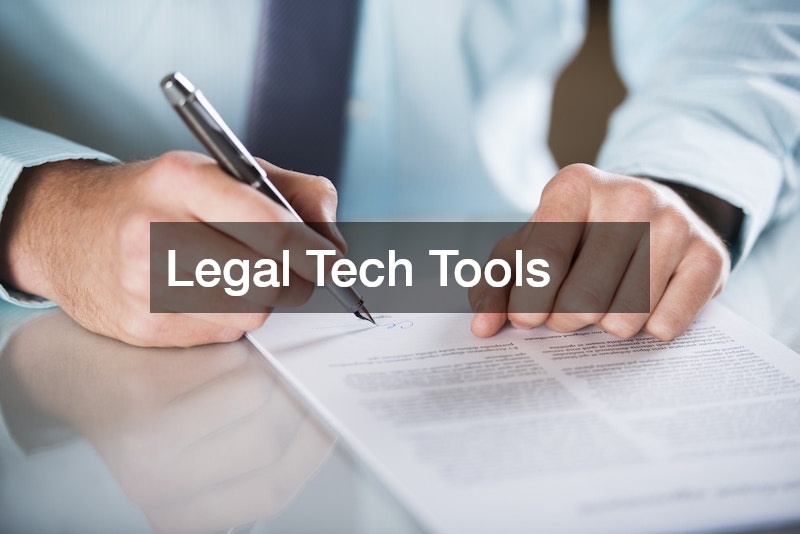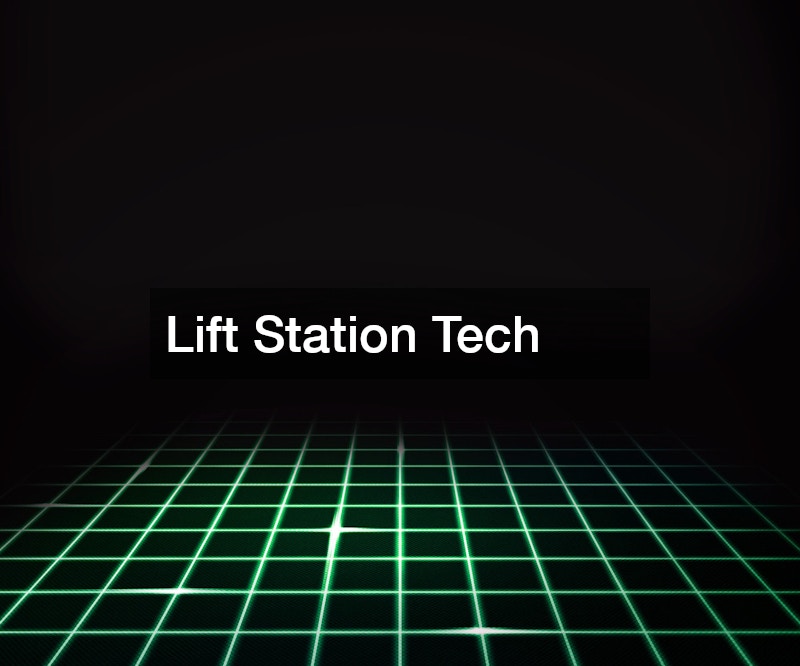In today’s ever-evolving landscape, technology remains a pivotal force driving change across various sectors. Its influence is remarkable, reshaping industries, introducing novel methodologies, and solving long-standing challenges in ways previously thought impossible. From enhancing efficiency to boosting productivity, technology is the silent engine behind modern innovations and business transformations. In this article, we will delve into how technology is catalyzing growth in different sectors, focusing on ten key areas.
As we explore these domains, we’ll highlight how technology not only addresses existing problems but also anticipates future needs, ensuring sustainability and competitiveness in a fast-paced world. Each industry presents unique opportunities and challenges, and through specific technological interventions, companies can achieve unprecedented levels of success. This article aims to provide a comprehensive overview, illustrating how crucial the role of innovation is in shaping the future of industries that affect our daily lives.
Join us as we explore these dynamic sectors and understand how technological advancements are not merely trends but fundamental shifts that promise to revolutionize operations and deliver remarkable value across the board.
Modern Pest Solutions
The pest control sector is witnessing a technological revolution with modern pest solutions transforming traditional methods. Technology in pest control is offering more precise and eco-friendly ways to manage pests. By integrating advanced tools and digital platforms, companies are now able to deliver more efficient and sustainable pest control services. Moreover, technology is facilitating improved customer engagement and reporting. Mobile apps and digital dashboards allow clients to monitor treatment progress, schedule services, and receive alerts about potential pest issues. This transparency enhances trust and satisfaction, while allowing pest control companies to optimize routes, allocate resources efficiently, and reduce operational costs.
Specific implementations such as automated pest monitoring systems, the use of drones for aerial inspections, and smart traps connected to IoT networks are setting new industry benchmarks. These technologies not only focus on effective pest elimination but also emphasize prevention and early detection. By reducing the need for chemicals, these tech-driven solutions contribute to environmental sustainability while improving service quality. Training programs now incorporate digital simulation and augmented reality to improve technician skills and safety awareness, further elevating the professionalism and effectiveness of modern pest control services.
Further examination reveals that tech advancements are also enhancing data collection and analytics, enabling pest control services to better predict pest behavior and create customized strategies. Consequently, customers benefit from faster response times and more effective pest management, transforming pest control from a reactive to a proactive service. By embracing these innovations, modern pest solutions not only provide superior service but also create scalable, data-driven business models that set a new standard for efficiency, reliability, and environmentally responsible practices in the industry.
Hydraulic Motor Innovations

The hydraulic motor industry is experiencing significant growth thanks to innovations that enhance performance and reliability. Hydraulic motor systems, crucial in machinery and equipment across multiple sectors, are now benefitting from technology-driven advancements that reduce downtime and improve efficiency. The development of smarter, more resilient motors supports various industrial operations. Additionally, digital monitoring platforms allow operators to track motor performance remotely, schedule maintenance proactively, and optimize energy consumption, leading to cost savings and more sustainable operations.
In the realm of hydraulic barge motor repair, cutting-edge diagnostic software and predictive maintenance tools are minimizing operational disruptions. Engineers can now conduct repairs with greater precision, leveraging real-time data to identify issues before they escalate. IoT-enabled sensors and automated reporting systems further improve troubleshooting efficiency. This innovation not only saves costs but also extends the lifespan of critical components, ensuring reliability for demanding industrial applications.
Furthermore, the integration of sophisticated control systems and materials science is propelling the capabilities of hydraulic motors to new heights. Advanced alloys and wear-resistant components increase durability, while smart control units optimize torque and speed under varying loads. By embracing these technological advancements, industries are achieving unmatched power management and ecological benefits, fostering growth and innovation in sectors reliant on hydraulic technologies.
Smart Storage Solutions
Smart storage solutions are revolutionizing the logistics and warehousing industry, making storage more efficient and secure. With advancements in automation, AI, and IoT, the management of storage systems is becoming increasingly intelligent. These technologies enable businesses to optimize their logistics operations and meet the demands of fast-paced markets. Furthermore, integrated software platforms allow seamless coordination between supply chain partners, improving workflow efficiency and reducing errors across distribution networks. Mobile apps and cloud-based monitoring tools also provide real-time alerts for temperature fluctuations, security breaches, or inventory shortages, enhancing operational reliability.
Storage containers for sale are now available with smart features such as real-time tracking, environmental sensors, and automated inventory management, providing unprecedented control over logistics chains. Businesses can monitor storage conditions and inventory status remotely, ensuring that operations remain smooth and uninterrupted. These innovations also facilitate compliance with regulatory standards, particularly for sensitive or hazardous materials, making them essential for modern logistics operations.
Additionally, the utilization of AI-driven analytics allows for predictive maintenance and demand forecasting, empowering companies to make informed decisions about their inventory. By leveraging historical data and market trends, managers can optimize space utilization and anticipate storage needs, reducing costs and minimizing downtime. These advancements in smart storage solutions are crucial for maintaining competitive advantages, reducing waste, and increasing overall operational efficiency, while fostering a more responsive and resilient supply chain.
Roofing Tech Advancements

The roofing industry is undergoing a significant transformation with technological advancements that improve durability and sustainability. Innovations in materials and construction techniques are making roofs more reliable and efficient. With the integration of technology, commercial roofing services are now offering solutions that provide long-term benefits to customers.
Specific advancements such as solar panel integration, smart roofing materials with self-repair capabilities, and energy-efficient insulation solutions are setting new standards in the industry. By incorporating technology into their offerings, roofing companies are enhancing property value and ensuring greater energy savings for customers.
Moreover, technology-driven design and installation techniques are improving safety and reducing costs. By employing digital simulations and precision tools, roofing companies can ensure accurate installations, minimizing the risk of costly errors and extending the lifespan of roofing structures.
Medical Transport Upgrades
The medical transportation sector is witnessing revolutionary upgrades through the infusion of technology, enhancing patient care and operational efficiency. Innovations in transportation technology are making medical transportation services faster, safer, and more reliable. As healthcare demands grow, these upgrades are critical in ensuring timely and effective patient mobility.
Adoption of real-time tracking and communication systems enables medical providers to monitor vehicle locations and optimize routes dynamically, reducing wait times and improving response rates. Moreover, advancements in vehicle design and equipment integration are streamlining service delivery, ensuring patients receive immediate attention.
Additionally, the role of AI and data analysis in optimizing scheduling and resource allocation helps meet dynamic healthcare needs, enhancing the overall efficacy of medical transport services. With these technological upgrades, medical providers can deliver higher levels of care and responsiveness.
Legal Tech Tools

The legal industry is embracing technology, ushering in a new era of efficiency and accessibility through legal tech tools. These tools are revolutionizing how lawyers operate, enabling criminal attorneys and others to manage cases with greater precision and reduced resource expenditure. By digitizing many traditional processes, legal technologies are transforming the practice of law to be more client-focused.
Advanced case management software, automated document assembly, and AI-driven legal research tools are empowering attorneys to work more efficiently and provide improved client services. These innovations allow for better data management, faster case resolutions, and enhanced accessibility to legal resources. Clients benefit from more informed legal decisions and reduced costs.
Further developments are also seen in blockchain technology applied to legal contracts, ensuring higher levels of security and transparency. Legal tech tools are set to redefine the professional landscape, paving the way for streamlined operations and broadening access to legal services.
Fire Safety Design
The fire safety industry is achieving new frontiers in protection and prevention through technology-driven design. With the integration of fire sprinkler cad block and other advanced systems, fire safety design is becoming more comprehensive and robust. These technological innovations are crucial in enhancing building safety standards and ensuring the welfare of occupants.
Smart sensors, automated suppression systems, and advanced evacuation plans are providing holistic fire safety solutions. By employing real-time monitoring and analytics, building managers can ensure rapid detection and response to fire incidents, minimizing risks and potential damage.
Furthermore, the development of fire-retardant materials and building information modeling (BIM) is revolutionizing construction practices. This proactive approach to fire safety design not only safeguards lives but also aligns with stringent regulatory requirements, promoting confidence in building safety.
Lift Station Tech

Lift station technology is experiencing substantial progression, driving efficiencies in wastewater management. These stations, crucial for moving wastewater to treatment facilities, are being optimized through innovations in monitoring and operation. Technology is enhancing the performance and reliability of lift stations, ensuring they effectively manage fluid transportation.
Integration of remote monitoring systems, predictive maintenance practices, and energy-efficient pumps are transforming traditional lift stations into smart infrastructures. These advancements ensure optimal operation, reducing environmental impact while lowering operational costs.
The assessment of data-driven strategies and sensor technologies is improving the monitoring of system performance and early detection of anomalies. As a result, municipalities can maintain critical infrastructure more effectively, reducing public health risks and complying with environmental standards.
Fastener Supply Innovations
The industrial fastener supplier sector is witnessing significant innovations that are refining supply chains and boosting manufacturing efficiency. Fasteners are essential components in numerous applications, and technological advancements are evolving how they are supplied and utilized. With innovation, suppliers can now deliver products more aligned with industry needs.
Advancements in digital inventory systems, precision manufacturing processes, and environmentally-friendly materials are enhancing product quality and availability. Suppliers are leveraging technology to ensure timely delivery and improved customization options to meet client specifications.
Moreover, the adoption of e-commerce platforms enables streamlined procurement processes for businesses, allowing them to source fasteners effectively and efficiently. These innovations in the fastener supply industry promise to elevate industrial operations while addressing sustainability challenges.
AI in Travel Markets
The travel industry is leveraging artificial intelligence to cater to destination markets, enhancing customer experiences and operational efficiencies. AI is providing travel companies with tools to personalize services, optimize pricing, and streamline operations, ultimately transforming the tourism landscape.
Through AI for destination markets, businesses can offer personalized itinerary recommendations, predictive demand analytics, and dynamic pricing models. These innovations harness large-scale data to understand consumer preferences and behaviors, delivering more tailored and engaging travel experiences.
AI’s role in improving the travel sector extends to chatbots for customer service, virtual assistants for trip planning, and data-driven decision-making to manage resources better. The integration of AI in travel not only boosts customer satisfaction but also enhances business resilience in an unpredictable market environment.
As we have explored throughout this article, technology continues to be a transformative element across multiple sectors, redefining how industries operate and create value. Through innovations in pest control, hydraulic motors, smart storage, roofing, medical transport, legal fields, fire safety, lift stations, fastener supplies, and travel markets, the technological evolution is inspiring new possibilities and efficiencies.
Each industry mentioned harnesses technology not just to solve existing challenges, but to anticipate future demands, ensuring sustainable growth and competitive advantage. For instance, the advancement of pest control services through digital platforms enhances precision and sustainability. Similarly, hydraulic barge motor repair benefits significantly from real-time diagnostic tools, reducing operational disruptions and extending component life.
The case for embracing technology continues to strengthen as businesses recognize the potential benefits of integrating innovative solutions into their models. From AI-driven travel solutions to smart storage containers for sale, the example set by these technologies underscores the unparalleled impact of tech-driven strategies.
The dynamic landscape of technology will continue to push industries forward, unlocking unprecedented growth avenues. As companies leverage these advancements, they not only improve operational efficiencies but also redefine consumer experiences and industry standards. The future holds endless possibilities, and technology remains at the forefront, steering industries toward prosperity and success. With these continuous advancements, businesses and consumers alike will benefit immensely from the transformative power of technology.

